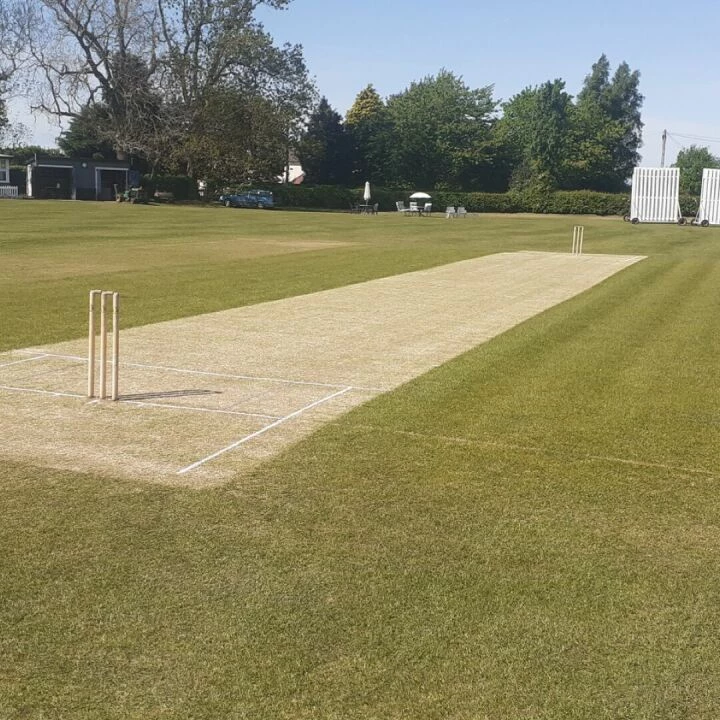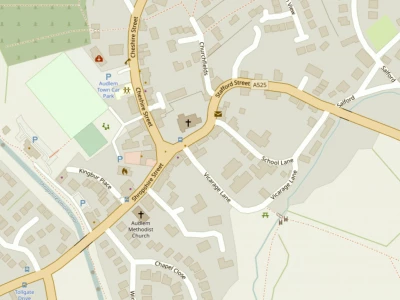







On 15th February 1971 we launched a new decimal currency across the country.
The familiar pound (£), shilling (s) and pence (d) coins were phased out over the following 18 months in favour of a system dividing the pound into units of ten, including half, one, two, five, ten and 50 pence denominations.
Chairman of the Decimal Currency Board (DCB) Lord Fiske told reporters: "The general picture is quite clear and the smooth and efficient changeover so many people have worked for is now in fact being achieved."
But he expected it would take several months to adapt the five million machines affected by the new coinage.
According to Chairman of the Joint Trade Committee of the London Cab Trade, John Welland, it would take 15 months to convert all the fare meters for London's 9,000 taxis.
Banks were closed for two working days to prepare for the implementation of the new currency on what became known as 'D Day'.
Some traders – such as luxury London department store Fortnum and Mason – were well-prepared for the switch, with dual pricing on many items. But reporters noted some continued to spend their old pennies in the public lavatories in Piccadilly.
Chairman of the British Bankers' Association decimalisation committee, Bernard Sharpe, made clear old coins would not last:
"There is no case whatever for the retention of the sixpence in a decimal currency system, except for sentimentality for the 'dear old tanner'," he said.
A few market-stall holders were concerned by the size of the new halfpenny, but Lord Fiske explained: "It is not unduly small by world standards.
"It has an important role to play particularly in price-shading of low-priced goods."
Work on the new system began in March 1966 when the Treasury made the practical and legislative preparations for setting up a Whitehall department a year later.
A survey carried out by the British Market Research Bureau on D-Day showed 12% of the 1,040 questioned thought money had been unfairly converted, but the majority were satisfied with pricing.
Secret British Government documents published on the 30th anniversary of decimalisation revealed the concerns the Decimal Currency Board had about the changeover – they included rejection by public transport workers and problems if the Queen died unexpectedly before the new coins were fully circulated.
- The 20 pence piece was introduced in 1982
- The half penny was withdrawn from circulation in 1984
- The £1 coin was introduced on 21 April 1983
- The £1 note ceased to be issued at the end of 1984 and was removed from circulation on 11 March 1988
- A smaller, lighter 10 pence piece was circulated from 1993 and similar changes were made to the 50 pence in 1998
- In June 1998 the £2 coin came into general circulation
This article is from our news archive. As a result pictures or videos originally associated with it may have been removed and some of the content may no longer be accurate or relevant.
Get In Touch
AudlemOnline is powered by our active community.
Please send us your news and views using the button below:
Email: editor@audlem.org


